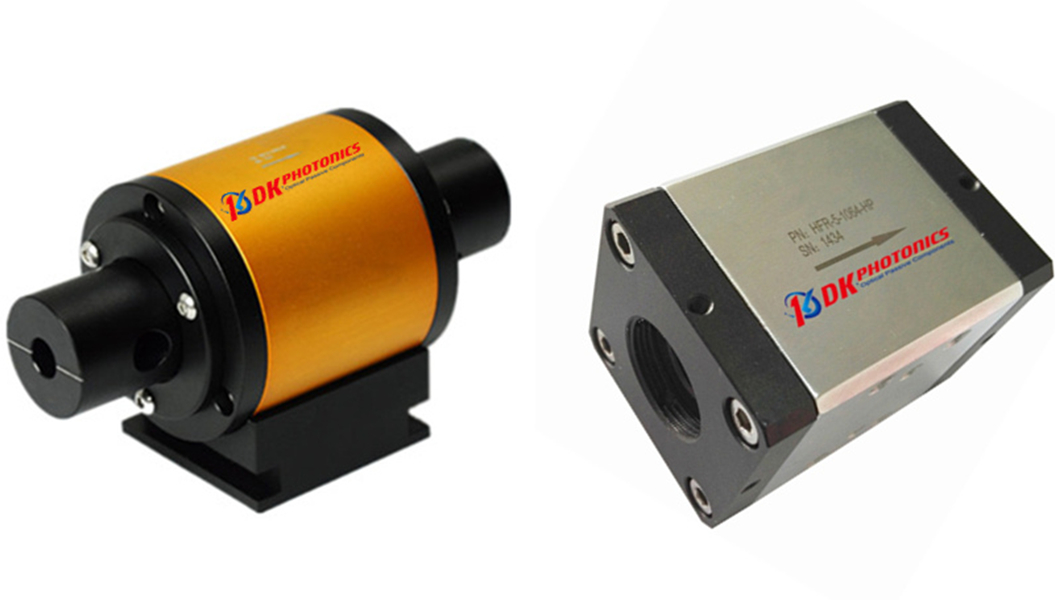As a kind of optical isolator, a Faraday isolator is a device that transmits light in a certain direction while blocking light in the opposite direction. Technologically, the Faraday isolator constitutes the most important type of optical isolator. Most importantly, they are based on Faraday rotators, which are another popular Faraday device.
Widely used in different applications, the Faraday isolators are very important. Undoubtedly, they make the work easier. The problem arises when people have to choose between two Faraday isolator types: Polarization-sensitive Faraday isolators and Polarization-insensitive Faraday isolators. The difference between these Faraday isolator types often confuses people.
Read About: Faraday Isolators and their types
To make things understandable, we will discuss the difference between polarization-sensitive and polarization-insensitive Faraday isolators.
Polarization-sensitive Faraday isolators
This is the simplest type of Faraday isolator. The polarization-sensitive Faraday isolator is called so because it works only when the input bean has a prescribed direction of linear polarization.
The setup of a polarization-sensitive Faraday isolator contains a Faraday rotator between two polarizers. For the functioning of the Faraday isolator, the polarized and collimated input beam passes the first polarizer with a minimum loss, then the 45 degrees Faraday rotator, and last another polarizer with its transmitting axis being rotated by 45 degrees. Here, the transmission losses are small.
The light fully transmits the output polarizer when it is reflected in the output port of the isolator with an unchanged polarization state. The polarization direction is rotated by another 45 degrees in the Faraday rotators for the light to get blocked at the input polarizer or sent to the separate output port.
In this structure, the output polarizer becomes important if the light reflects with a modified polarization state.
Deviation of the Faraday rotator in the Faraday isolator structure leads to some changes. The orientation of the output polarizer can still be adjusted for maximum transmission if the rotation angle of the Faraday rotator deviates from 45 degrees but the degree of isolation reduces. It’s advised to optimize the polarizer’s orientation for maximum isolation while accepting a higher insertion loss in the forward direction.
Polarization-insensitive Faraday isolators
Unlike polarization-sensitive Faraday isolators, the polarization-insensitive Faraday isolator works for arbitrary polarization of the input beam. The setup of a polarization-insensitive Faraday isolator includes high transmittance in the forward direction and a spatial offset for backward propagation. If used in a fiber-coupled device, the isolator consists of an additional lens on each side for collimating and re-focusing the beam. Structurally, there is a Faraday rotator between two polarizers.
The working principle of the polarization-insensitive Faraday isolators is very simple. The isolator first spatially separates the orthogonal polarization components of the input beam with some kind of polarizer, sends them both through a Faraday rotator and last combines them again in the second polarizer.
Comparatively, the polarization-sensitive Faraday isolators are used more than the polarization-insensitive Faraday isolators.
We hope this post cleared all your doubts related to Faraday isolator types. To know more or place the order for the same, contact DK Photonics.


Leave A Comment